Research with visually impaired users
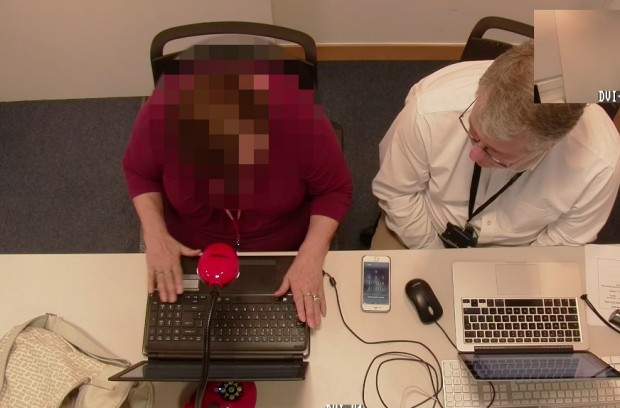
Government services should be usable by as many people as possible, including those who are disabled. It’s our sixth design principle.

Government services should be usable by as many people as possible, including those who are disabled. It’s our sixth design principle.
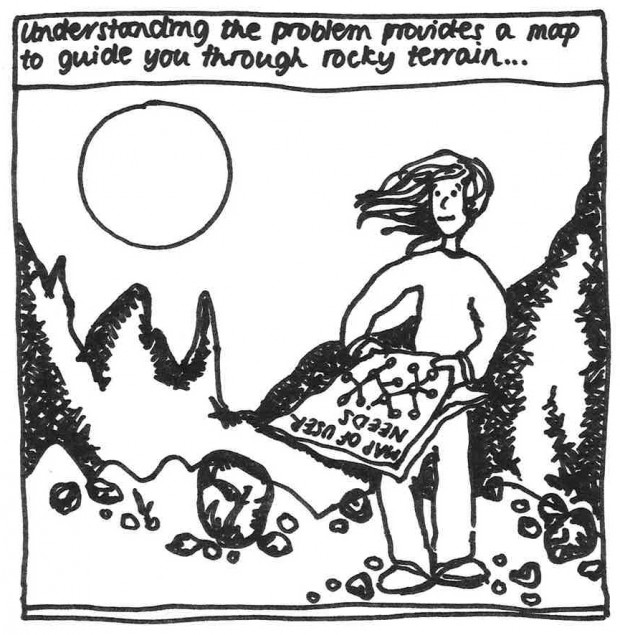
At the end I last year I told you about the discovery I've been doing with user researchers at GDS, and with the teams they work in. During my discovery, I repeatedly encountered examples where user research uncovered significant problems …
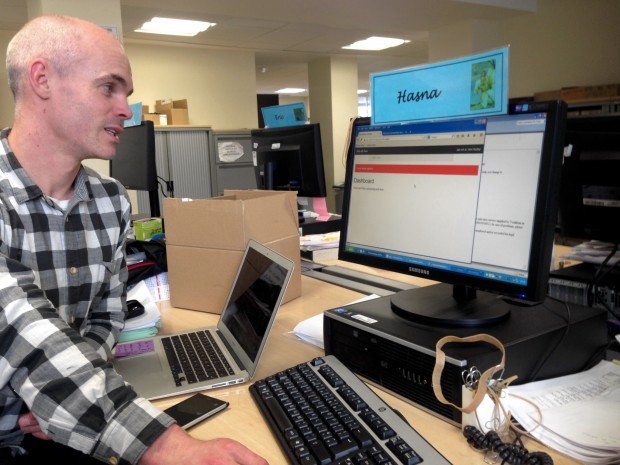
User researchers from across government met yesterday to share stories and experiences about user research they’ve done in improving the tools we use within government to deliver services.
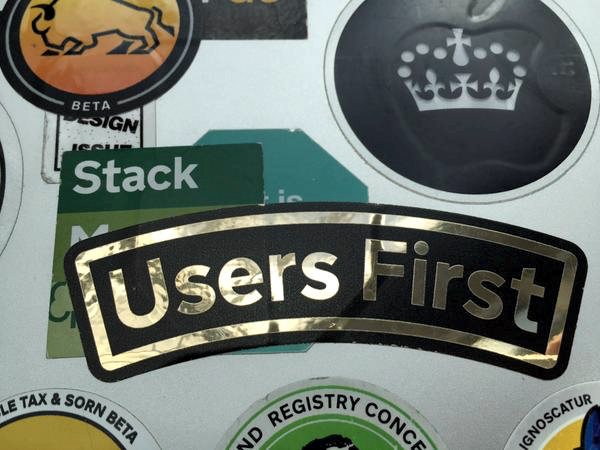
'Start with user needs' is the first of our design principles and it's the first thing we ask teams to demonstrate to meet the Digital by Default Service Assessment. Even Members of Parliament (video) talk about user needs these days.
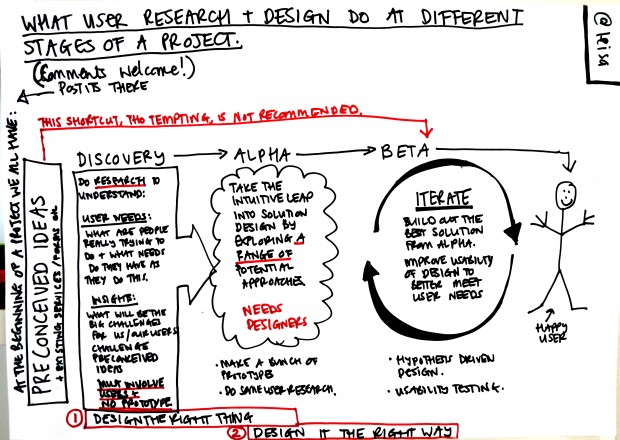
Here are some things you should know about doing user research in the discovery phase.
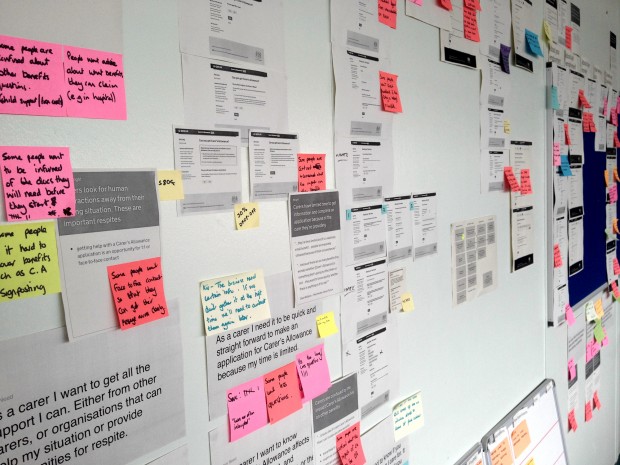
The programme to redesign and rebuild 25 exemplar services is now nearly 2 years old. We have 8 services live and 15 services in different stages of beta.
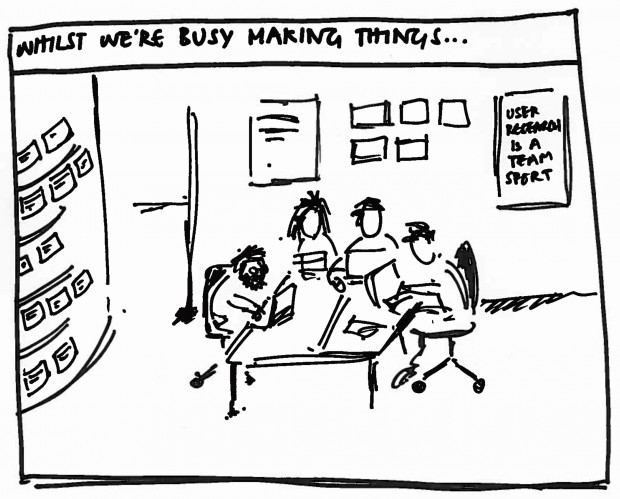
I've been thinking (and doodling).
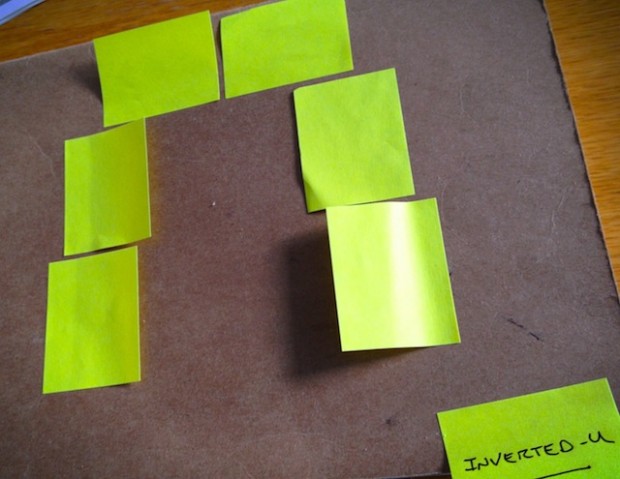
In the book 'David & Goliath: Underdogs, Misfits and the Art of Battling Giants', Malcolm Gladwell uses the illustration of an Inverted-U curve.
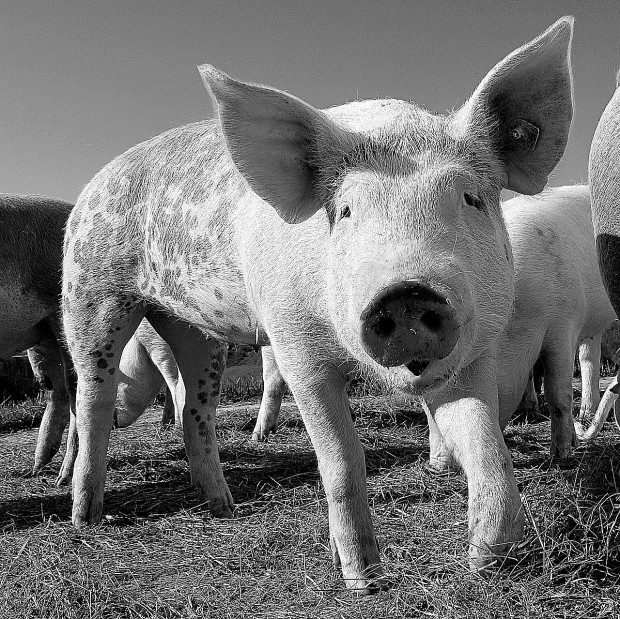
Have you heard the story about the chicken and the pig? The chicken is having a meal in a restaurant with her friend, the pig. "We can cook better food than this," she says, "we should open our own restaurant." …
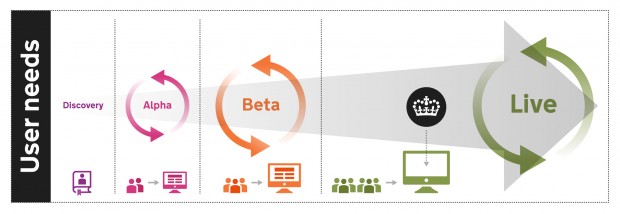
Our user researchers work with project teams throughout a service lifecycle. They’re not just testing usability, they’re researching with users and feeding insights back to the team all the time.